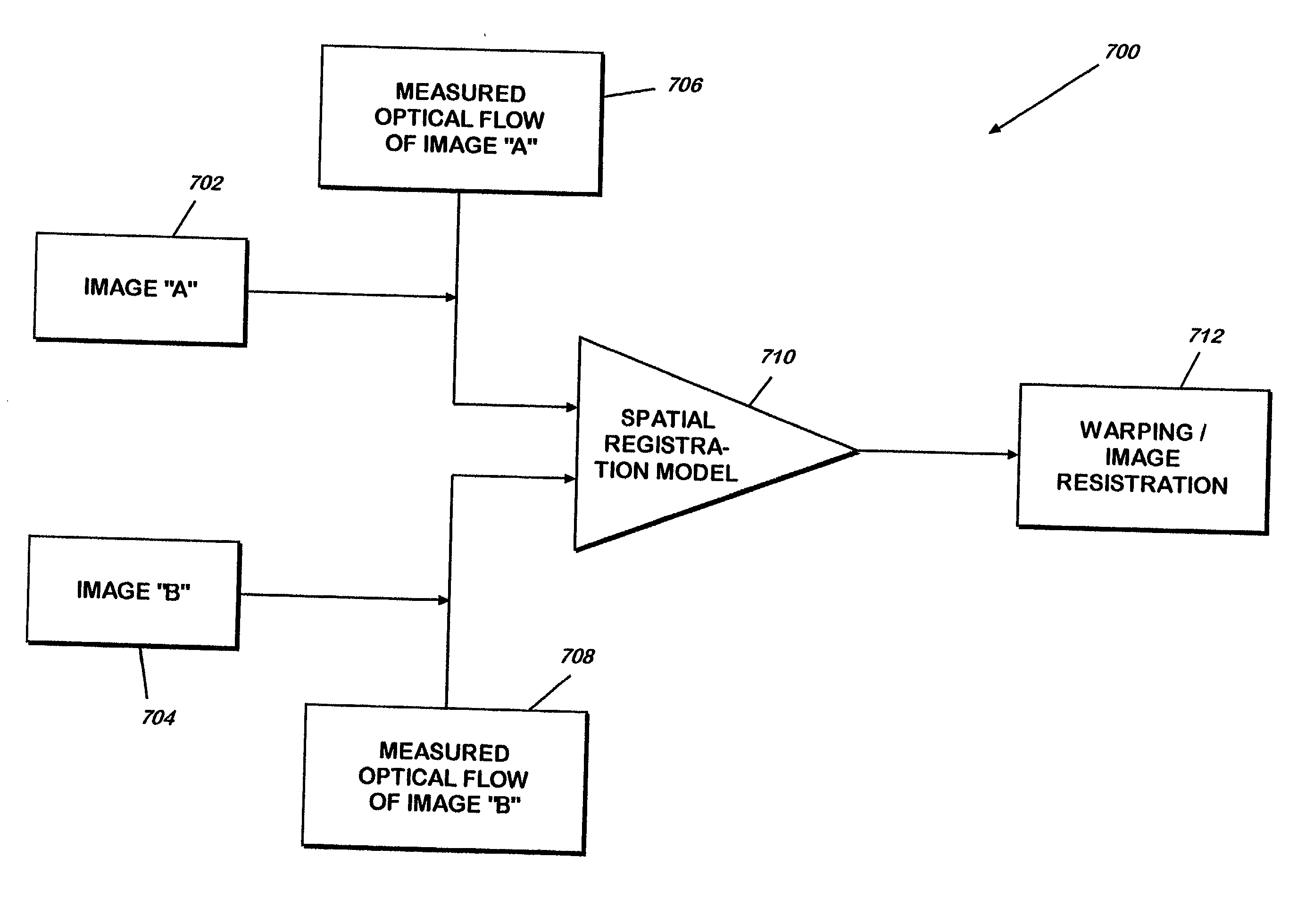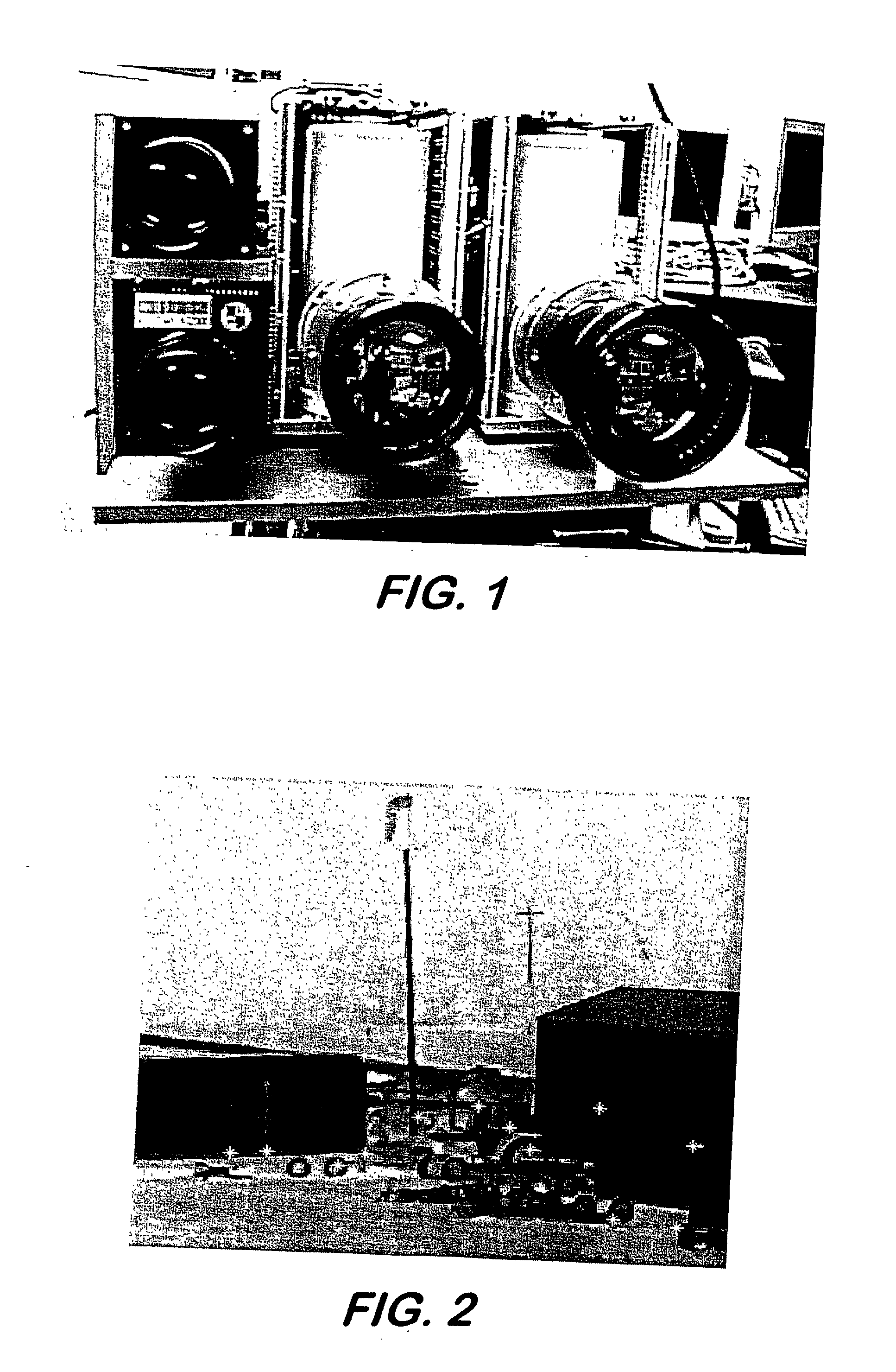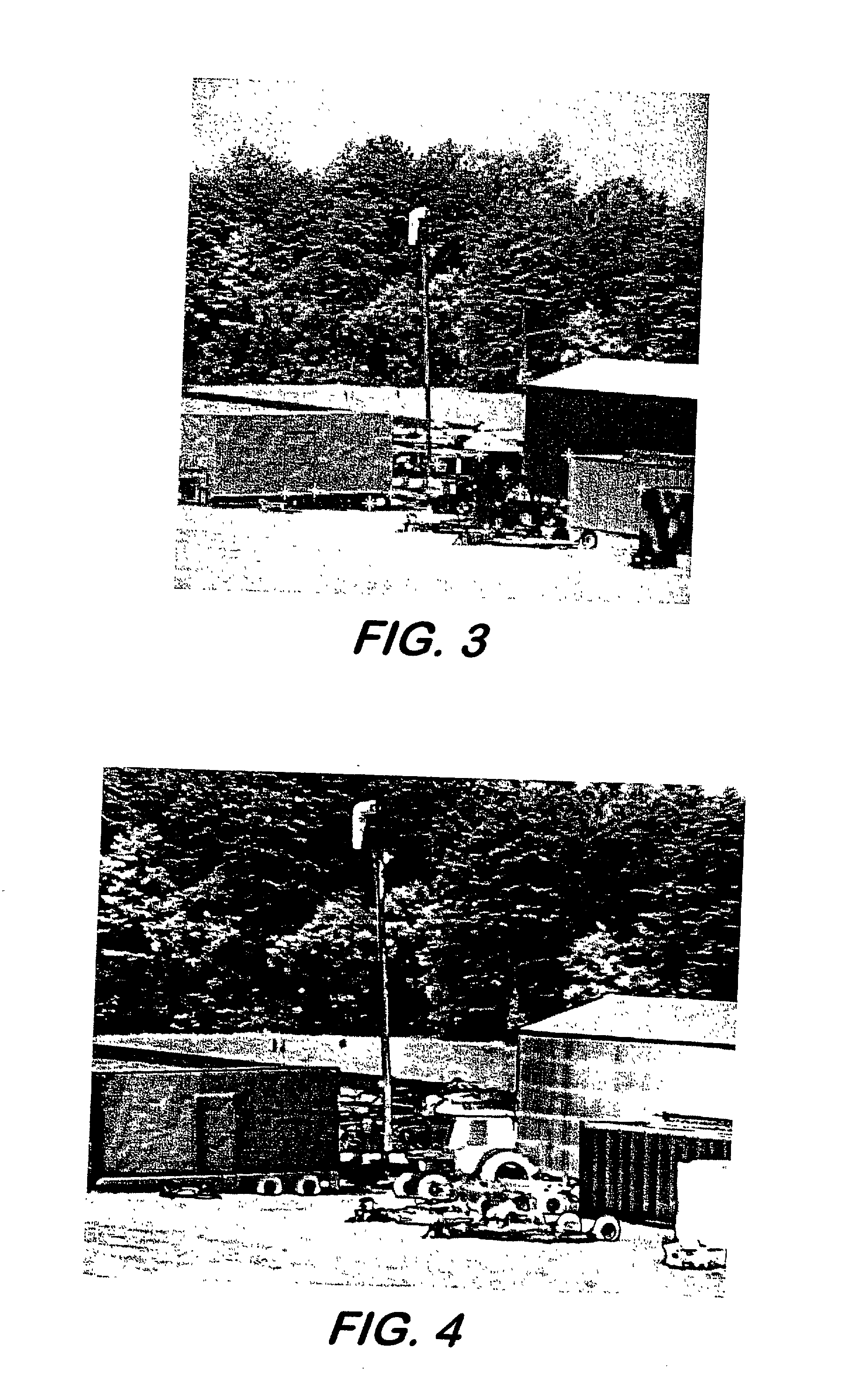Method and apparatus for tie-point registration of disparate imaging sensors by matching optical flow
a technology of optical flow and imaging sensor, applied in the field of imaging systems, can solve the problems of practical limitations and limited methods of tie-point selection
- Summary
- Abstract
- Description
- Claims
- Application Information
AI Technical Summary
Problems solved by technology
Method used
Image
Examples
Embodiment Construction
[0032] Referring now to FIG. 7, there is shown a schematic illustrating registration of images A and B by matching optical flow in accordance with an exemplary embodiment of the present invention. FIG. 7 identifies a similar set of tie-points in image A at 702 as those that are identified in image A depicted at 602 (FIG. 6). Likewise, a similar set of tie-points in image B is identified at 704. Subsequently, the optical flow of images A and B is measured at 706 and 708, respectively. The optical flow is defined as a description of how every pixel moves in a video sequence relative to some reference frame. Optical flow may be determined using a variety of means. For example, a camera may be moved or displaced around an object and the correlation between one frame and a subsequent frame in an image may be determined, whose well defined surface peak corresponds to the displacement between the two images A.sub.0 and A.sub.1. This is one exemplary approach to determine optical flow betwe...
PUM
 Login to View More
Login to View More Abstract
Description
Claims
Application Information
 Login to View More
Login to View More - R&D
- Intellectual Property
- Life Sciences
- Materials
- Tech Scout
- Unparalleled Data Quality
- Higher Quality Content
- 60% Fewer Hallucinations
Browse by: Latest US Patents, China's latest patents, Technical Efficacy Thesaurus, Application Domain, Technology Topic, Popular Technical Reports.
© 2025 PatSnap. All rights reserved.Legal|Privacy policy|Modern Slavery Act Transparency Statement|Sitemap|About US| Contact US: help@patsnap.com



